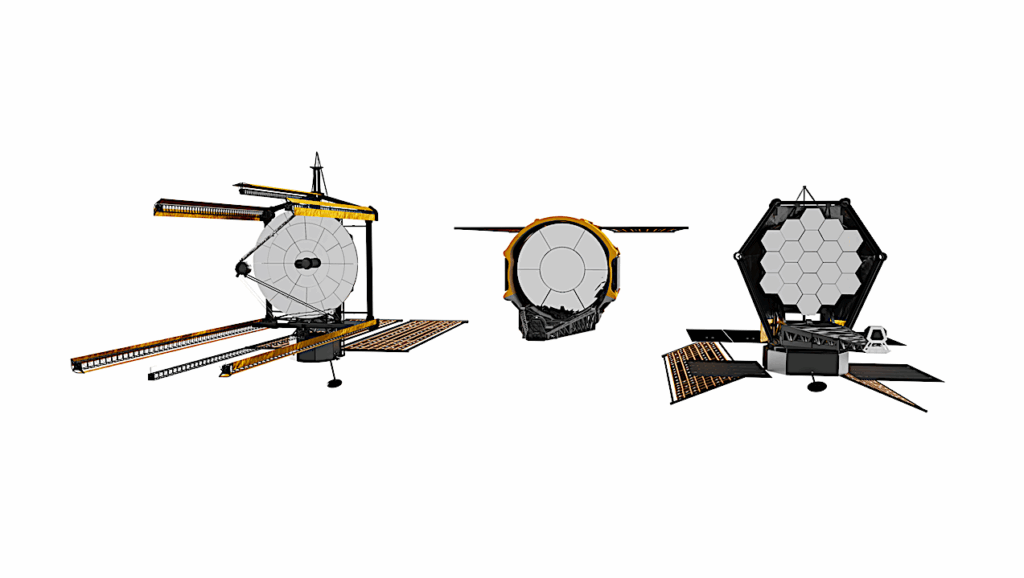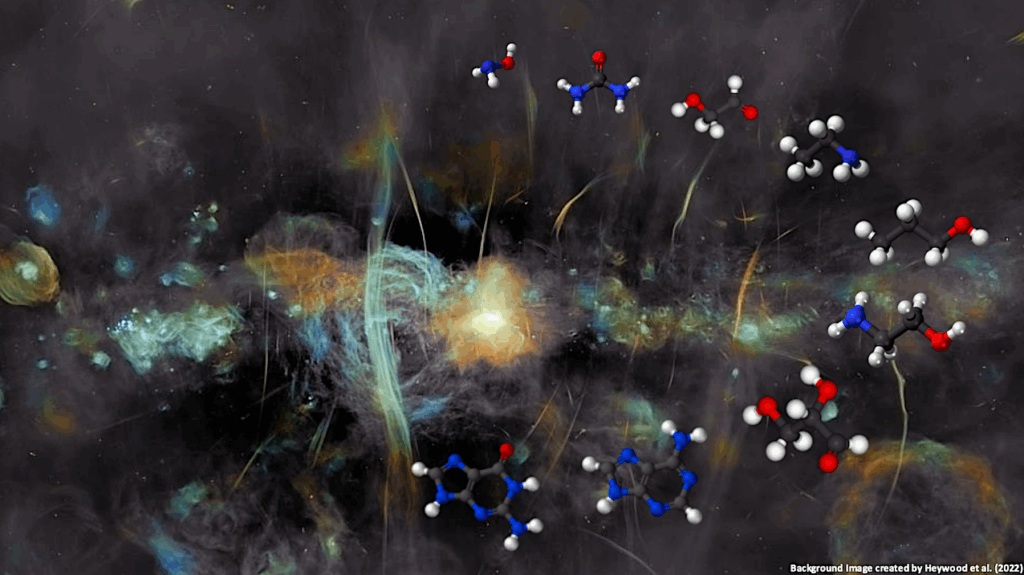High-Resolution Detection Of Neutral Oxygen And Non-LTE Effects In The Atmosphere Of KELT-9b

Oxygen is a constituent of many of the most abundant molecules detected in exoplanetary atmospheres and a key ingredient for tracking how and where a planet formed.
In particular, the OI 777.4 nm triplet is used to probe airglow and aurora on the Earth and the oxygen abundance in stellar atmospheres, but has not been detected in an exoplanet atmosphere before. We present a definite ground-based detection of the neutral oxygen 777.4 nm triplet lines in the transmission spectrum of the ultra-hot Jupiter KELT-9b, the hottest known giant planet.
The synthetic spectrum computed employing novel non-local thermodynamic equilibrium (NLTE) radiative transfer calculations matches the data significantly better compared to the one computed assuming local thermodynamic equilibrium. These NLTE radiative transfer calculations imply a mass-loss rate of 10^8-10^9 kg s-1, which exceeds the lower limit of 10^7-10^8 kg s-1 required to facilitate the escape of oxygen and iron from the atmosphere.
Assuming a solar oxygen abundance, the NLTE model points towards the need of microturbulence and macroturbulence broadening of 3.0pm0.7 km s-1 and 13pm5 km s-1, respectively, indicative of the presence of fast winds in the middle and upper atmosphere. Present and upcoming high-resolution spectrographs will allow the detection in other exoplanets of the 777.4 nm OI triplet, which is a powerful tool to constrain the key characteristics of exoplanetary atmospheres when coupled with forward modelling accounting for NLTE effects.
Francesco Borsa, Luca Fossati, Tommi Koskinen, Mitchell E. Young, Denis Shulyak
Comments: Authors’ version of an article published in Nature Astronomy on 22 Dec 2021. Link to the paper: this https URL
Subjects: Earth and Planetary Astrophysics (astro-ph.EP)
DOI: 10.1038/s41550-021-01544-4
Cite as: arXiv:2112.12059 [astro-ph.EP] (or arXiv:2112.12059v1 [astro-ph.EP] for this version)
Submission history
From: Francesco Borsa
[v1] Wed, 22 Dec 2021 17:33:17 UTC (3,662 KB)
https://arxiv.org/abs/2112.12059
Astrobiology,








